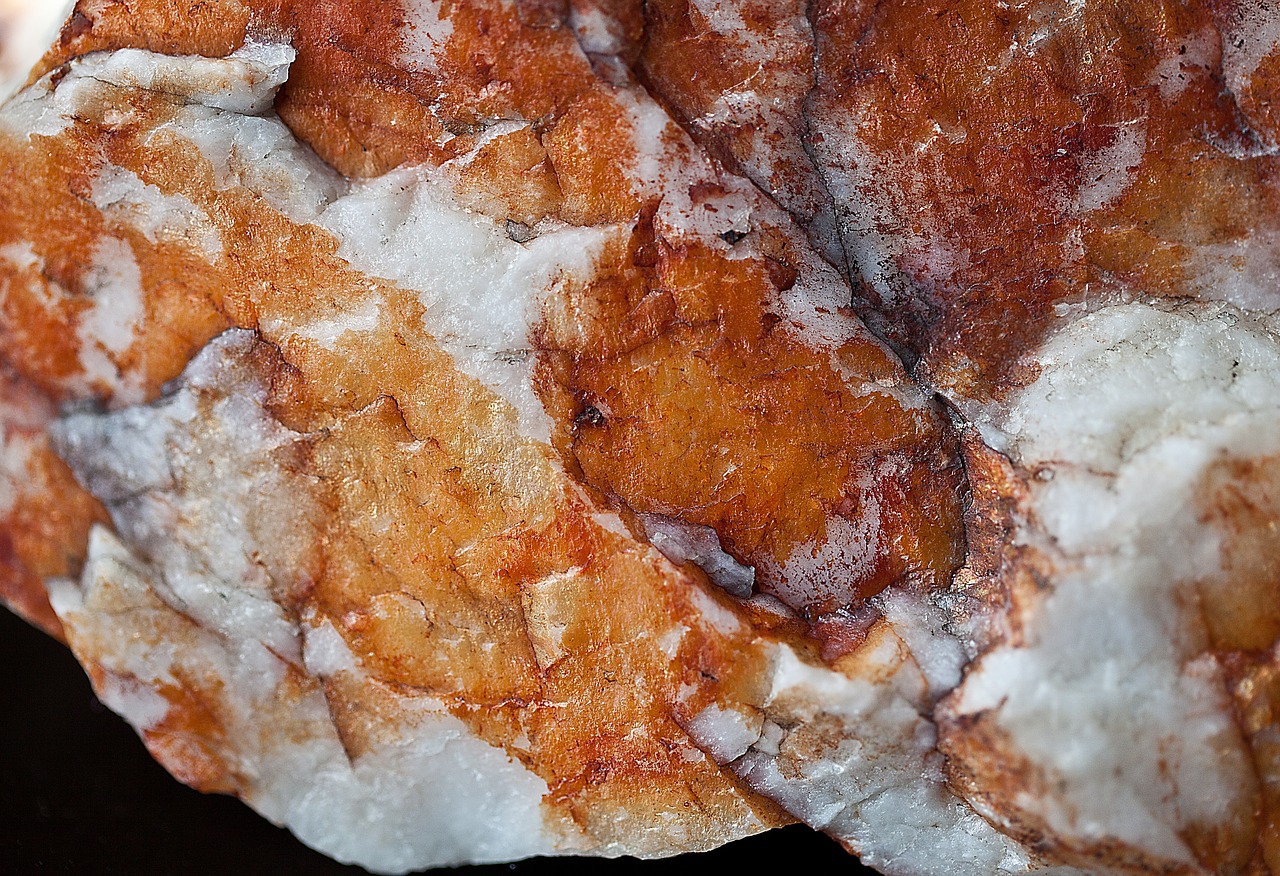Electrain Series Iron, present both in the earth and our bodies, serves a crucial role. It functions as hemoglobin in the human body and is additionally distributed in the liver, spleen, muscle tissue, and bone marrow in the form of ferritin. [1] We need around 10–18 milligrams of iron a day. [2]
Iron is involved in ATP production and a deficiency could decrease ATP production.
Iron Absorption and Reactive Oxygen Species: Understanding the Impact of Iron Surplus
An excess of iron is detrimental. It infiltrates the mitochondria via the innermost matrix, contributing to heme synthesis.[3] Iron has unpaired electrons and accepts or donates electrons which can let it react readily.
Iron could also generate ROS or reactive oxygen species which could make it lethal. Humans absorb Fe2+ iron, which is heme iron or ferrous iron. [4]
Hemoglobin and myoglobin typically contain Fe2+. Humans cannot absorb Fe3+, known as non-heme iron or ferric iron; it requires conversion to Fe2+ for absorption. This form of iron is present in plants, grains, and some supplements.
Fe3+ is present in plants due to the prevalence of Fe3O4 in soil. The most easily absorbed iron supplements are ferrous salts (ferrous fumarate, ferrous sulfate, and ferrous gluconate). Additionally, supplements like ascorbic acid can enhance absorption. [5] Ascorbic acid binds to iron and forms a molecule that is at a pH that increases the solubility in the duodenum, a part of the large intestine.


FTMT is mitochondrial ferritin, which is a gene that codes for proteins. Mitochondrial ferritin is an iron storage protein in the mitochondria.
Iron-sulfur (Fe-S) synthesis actively produces iron-sulfur clusters, which hold a crucial role in various bodily functions. These clusters participate in respiration, photosynthesis, nitrogen fixation, amino acid and purine metabolism, RNA modification, DNA replication, repair, and the regulation of gene expression.[]https://www.frontiersin.org/articles/10.3389/fmicb.2020.00165/full
Iron Absorption and Transportation Mechanisms in the Body
In an acidic environment, Fe3+ becomes soluble, while Fe2+, with its more acidic pH, is readily absorbed by the body. This makes Fe2+ the preferred form for absorption. Additionally, Fe3+ is more effective for transportation as it binds strongly to transferrin, the protein responsible for iron transport [6].
Transferrin (TF) transports Fe3+ and binds to a transferrin receptor (TFR). Subsequently, this complex enters the cell, where both TF and TFR undergo recycling. The conversion of Fe3+ to Fe2+ is facilitated by the Six-Transmembrane Epithelial Antigen of Prostate 3 (STEAP3). [7]STEAP3 actively functions as a malloreductase, converting Fe3+ to Fe2+ in a beneficial manner. This conversion is advantageous since the Fe2+ form becomes soluble. Following this, the metal transporter Divalent Metal Transporter 1 (DMT1) actively transports Fe2+ out of the endosome.
Formed through endocytosis, an endosome serves as a vesicle where iron transforms into the labile iron pool (LIP). This LIP represents a reservoir of non-protein bound iron, contributing to oxidative cell damage by generating oxygen radicals.
This iron can then be used for heme synthesis in the mitochondria or be stored in ferritin, a hetero-polymer of ferritin heavy (FTH) and light (FTL) chains, or can be exported from the cell by ferroportin (FPN). [7]
Iron Overconsumption Risks and Cautionary Measures
Excess iron consumption can lead to an upset stomach, nausea, diarrhea, and vomiting. Consuming even higher amounts of iron can also lead to organ failure and death. For this reason, supplemental iron should only be taken when a deficiency is identified and addressed by a licensed physician.
Excessive iron consumption also leads to lower zinc absorption. Some people are born with a condition called hemochromatosishemocirhossis which causes their body to naturally store any iron consumed.
Fe2+ is generally absorbed better by the body, so therefore excess fe2+ will have a stronger effect.
References and Suggested Reading
Carocci, Alessia, et al. “Oxidative stress and neurodegeneration: the involvement of iron.” Biometals 31.5 (2018): 715-735.
Frey, Perry A., and George H. Reed. “The ubiquity of iron.” (2012): 1477-1481.
Lill, Roland, and Sven-A. Freibert. “Mechanisms of mitochondrial iron-sulfur protein biogenesis.” Annual review of biochemistry 89 (2020): 471-499.
Moustarah, Fady, and Shamim S. Mohiuddin. “Dietary iron.” (2019).
Pietrangelo, Antonello. “Hereditary hemochromatosis—a new look at an old disease.” New England Journal of Medicine 350.23 (2004): 2383-2397.
Staneviciene, Inga, et al. “Effect of Selenium on the Iron Homeostasis and Oxidative Damage in Brain and Liver of Mice.” Antioxidants 11.7 (2022): 1216.
Zhao, Zhongwei. “Iron and oxidizing species in oxidative stress and Alzheimer’s disease.” Aging Medicine 2.2 (2019): 82-87.


